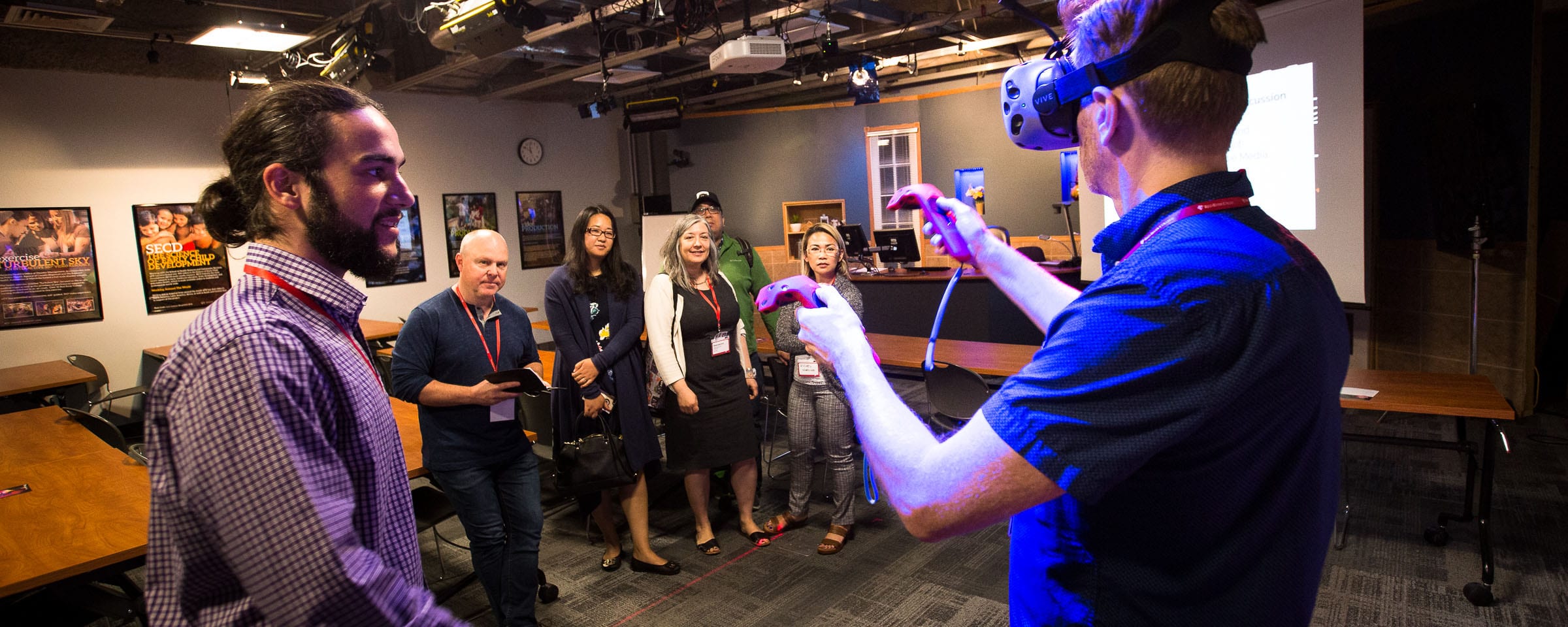Web Accessibility Guidelines
Web Accessibility Initiative
The World Wide Web Consortium’s (W3C) Web Accessibility Initiative (WAI) was created to develop guidelines for ensuring web accessibility. These guidelines include the Web Content Accessibility Guidelines (WCAG) and the Authoring Tool Accessibility Guidelines (ATAG).
Web Content Accessibility Guidelines
The Web Content Accessibility Guidelines (WCAG) are guidelines developed to ensure accessible web and digital content. WCAG is for anyone who is involved in the production of web and digital content, including writers, designers, and developers.
WCAG 2.0
WCAG 2.0 is the current set of guidelines for creating web content. WCAG 2.0 guidelines were developed in 2008 and became an international standard (ISO) in 2012.
WCAG 2.0 applies to web and digital content, including:
- Web content: Layout, structure, images, navigation, links, tables, instructions, colour, colour contrast, written text
- Forms: Form elements, buttons, input fields
- Documents: Word, PDF, Excel
- Presentations: PowerPoint
- Time-based media: video, audio, animation, interactives
- Apps: Content, navigation, usability
- Social Media
WCAG Overview – an introduction to WCAG, supporting technical documents, and educational material
Understanding WCAG 2.0 – A guide to understanding and implementing Web Content Accessibility Guidelines 2.0
WCAG 2.1
WCAG 2.1 is built on and extends WCAG 2.0. It is currently in review and expected to be released in spring 2018.
Understanding WCAG 2.1 – A guide to understanding and implementing Web Content Accessibility Guidelines 2.1
Silver
Silver is the successor to WCAG. It is currently in early development.
Authoring Tool Accessibility Guidelines
Authoring Tool Accessibility Guidelines (ATAG) are guidelines for developing accessible authoring tools. ATAG 2.0 is the current set of guidelines.
What is in ATAG
- Making authoring tools accessible for people with disabilities so they can create web content
- Help authors create more accessible web content
Who ATAG is for:
Developers of:
- web content authoring tools (HTML editors), learning management systems (LMS), content management systems (CMS), courseware tools, multimedia authoring tools, blogs, wikis, word processors, etc.
Policy makers, managers and others who:
- Want accessible authoring tools and authoring tools that can produce accessible content
- Can encourage their existing vendors to improve accessibility in future versions to their authoring tools
